Discover the Magic of Sado Island’s Galaxy Art Festival - A Journey Through Art, Nature, and Culture -

Sado Island is captivating not only for its rich history and breathtaking scenery but also for its vibrant island culture. Writer Alice will introduce you to how to enjoy the "Sado Island Galaxy Art Festival," where you can fully experience the charm of the island's culture.
Nestled off Japan’s west coast in the Sea of Japan, Sado Island is renowned not only for its rich history and breathtaking landscapes but also for its vibrant cultural scene. One of the island's standout events is the Sado Island Galaxy Art Festival, a unique celebration of art that intertwines with the local culture and stunning natural environment. This extraordinary festival transforms Sado Island into an open-air museum, inviting visitors to explore a diverse range of art installations amid lush forests, coastal beauty, and historical landmarks. More than just an art festival, it serves as an immersive experience connecting the island's captivating nature with its rich cultural tapestry, bridging the past and the future.
-
Table of Contents
- Getting to Sado Island
- Sado Island Galaxy Art Festival: A Celebration of Art in Nature
- Rediscovering Sado’s History and Culture Through Art and Tradition
- Culinary Delights of Sado
- More Than Just Art: An Invitation to Reflect
- Practical Information: Visiting the Sado Island Galaxy Art Festival
Getting to Sado Island
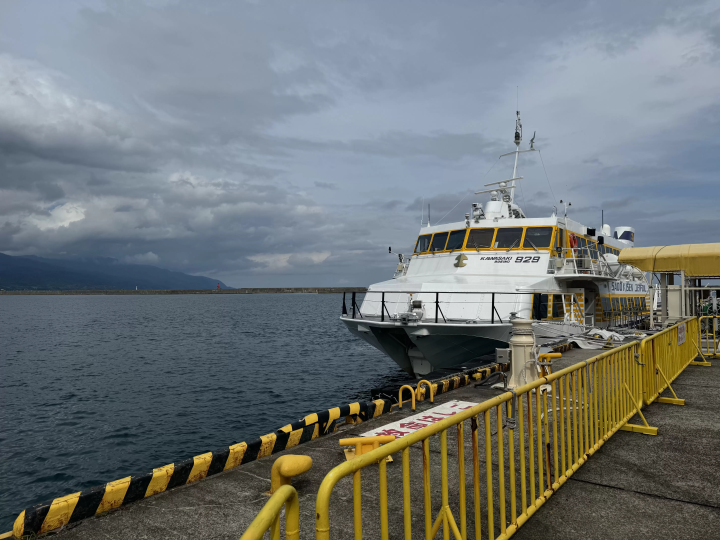
To embark on your journey to Sado Island, begin at Niigata Port, where regular ferries depart for Ryotsu Port. Niigata is easily accessible via the Shinkansen (bullet train) from major cities like Tokyo and Osaka. The Joetsu Shinkansen connects Tokyo to Niigata in about two hours, while the Hokuriku Shinkansen from Osaka takes approximately three to four hours, depending on the train type.
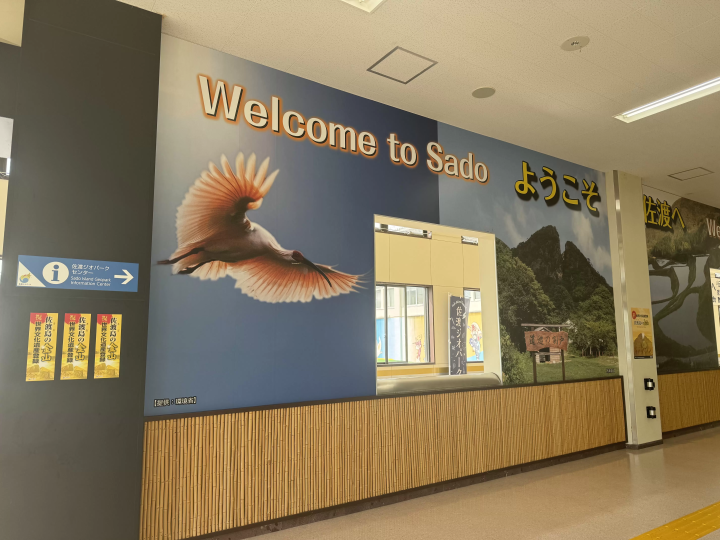
Upon arrival at Niigata Station, you have several options to reach the port: a quick taxi ride, a 15-minute walk, or a local bus that runs frequently between the station and the ferry terminal. The ferry ride to Sado Island takes between one to two hours, depending on the route. Upon reaching Ryotsu Port, you'll find a welcoming Sado Tourism Information Centre, where friendly personnel are eager to assist, offering information in English if needed.
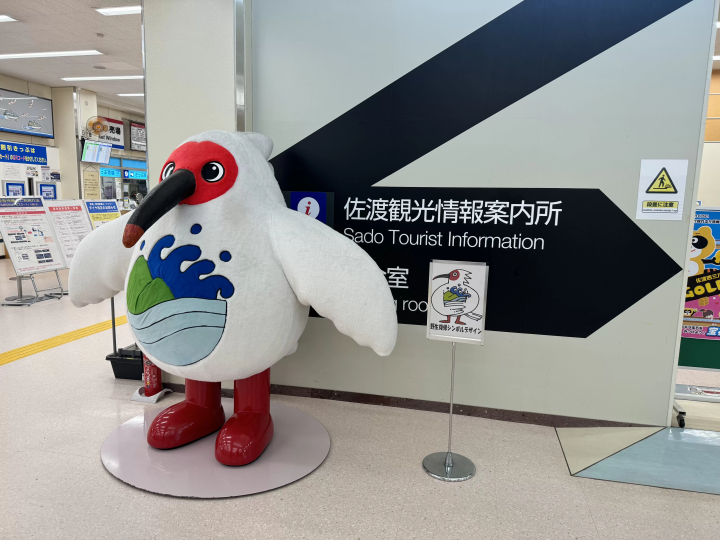
Sado Island Galaxy Art Festival: A Celebration of Art in Nature
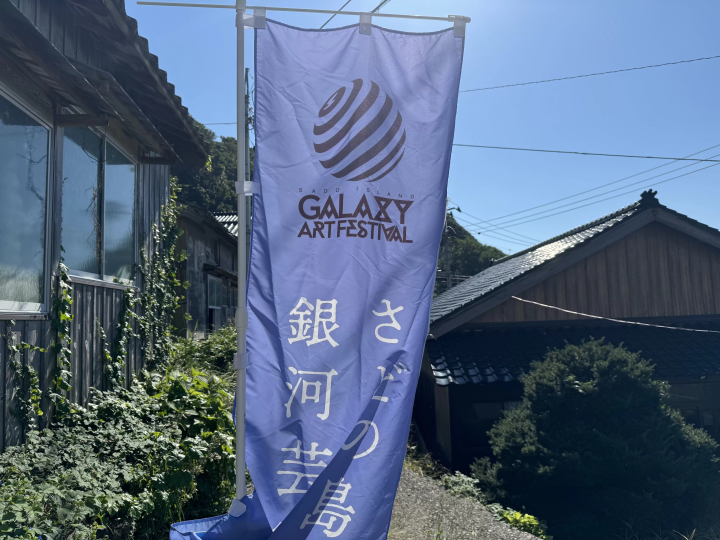
The Sado Island Galaxy Art Festival, commissioned by JAPAN CULTURAL EXPO 2.0, goes beyond a typical art exhibition; it is a vibrant gathering of cultures committed to creating a brighter future. The festival invites artists from Japan and around the world to transform Sado’s breathtaking landscapes into a canvas, with installations thoughtfully harmonizing with the natural environment.
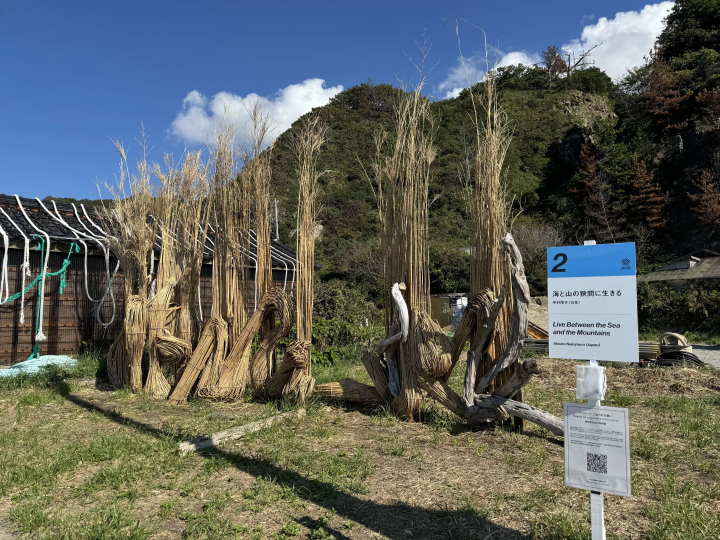
These captivating art installations celebrate Sado’s rich cultural heritage while offering a unique opportunity to explore the island’s history and traditions. Through art, the stories of Sado come alive in the present day. Attendees are encouraged to immerse themselves in Sado’s natural beauty, local cuisine, and cultural experiences, with the help of an audio guide and map. This festival serves as the perfect way to explore the island while gaining insight into its fascinating history and culture.
As you traverse Sado Island, the art installations guide you through diverse landscapes—from dense forests and rugged coastlines to tranquil villages steeped in history. The artworks blend seamlessly into their surroundings, inviting visitors to appreciate Sado’s natural beauty while contemplating the profound messages conveyed by the artists.
Each installation tells its own story. Some evoke Sado’s past, referencing the island’s role in Japan’s economy and culture, while others look toward the future, addressing themes of environmental sustainability and humanity’s connection with nature. In the Ryotsu area, the heart of the festival, art installations rise organically from the landscape, appearing as if they were always part of Sado. Whether depicting the fluidity of ocean waves or drawing from the island's rich folklore, each piece resonates with local culture, encouraging viewers to engage with both the artwork and the surrounding beauty in a reflective and immersive way.
katachibito – Hirofumi Kera × Yuriko Takagi (Japan)
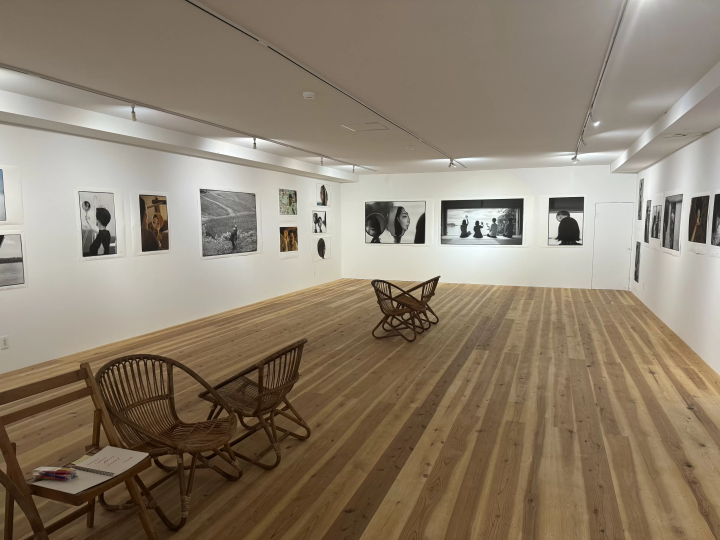
This artwork celebrates the unique daily lives of Sado's residents through a stunning exhibition of portraits by Sado-born hair and makeup artist Hirofumi Kera and photographer Yuriko Takagi. The title, meaning "beautiful person," transcends mere appearances, delving into the inner qualities that define beauty such as their essence, stories, and character. By highlighting their individuality, this artwork fosters a deeper connection between the audience and the island's community, emphasizing that beauty is not just surface-level but is rooted in character and authenticity.
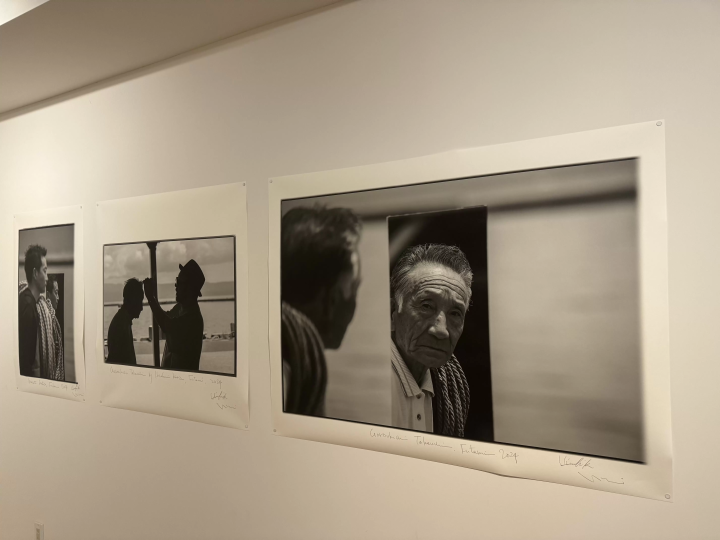
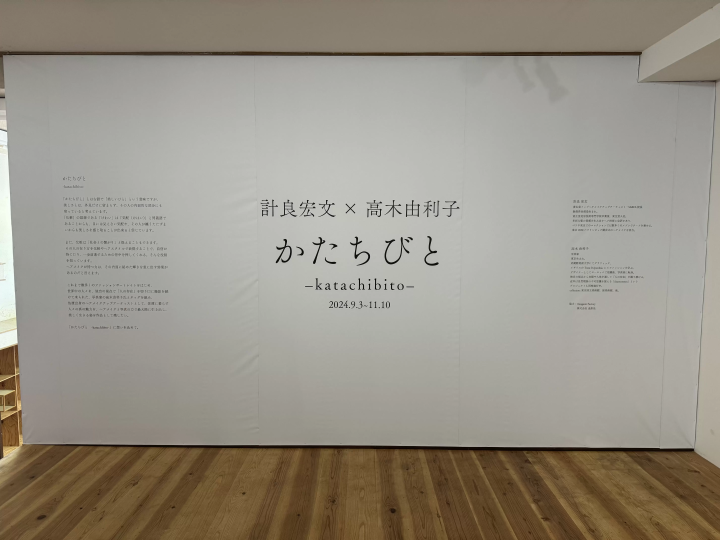
RED – Shiori Watanabe (Japan)
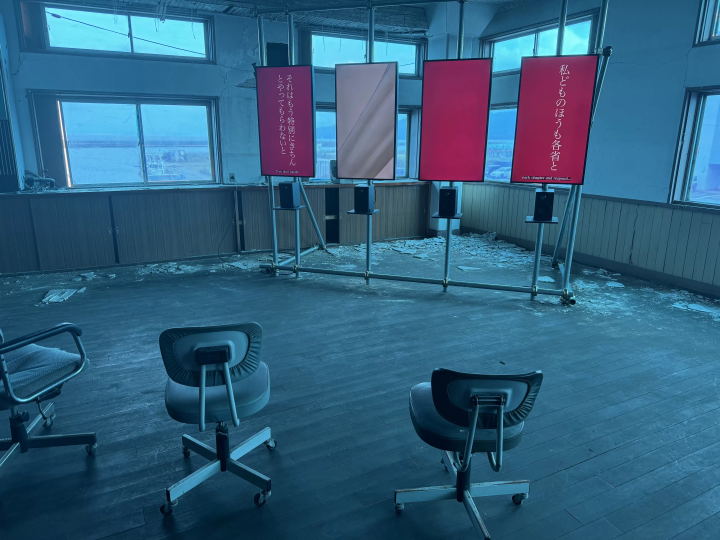
"RED" invites viewers to contemplate nature and its connection to current dialogues surrounding environmental issues. By incorporating dialogue from political figures, this artwork highlights the importance of the toki (Japanese crested ibis), an endangered species symbolizing Sado's unique wildlife. Watanabe encourages visitors to reflect on our shared responsibility in conserving these precious animals and their habitats, reminding us of the delicate balance between human activity and the natural world.
Hazel Barron-Cooper Exhibition – Hazel Barron-Cooper (England)
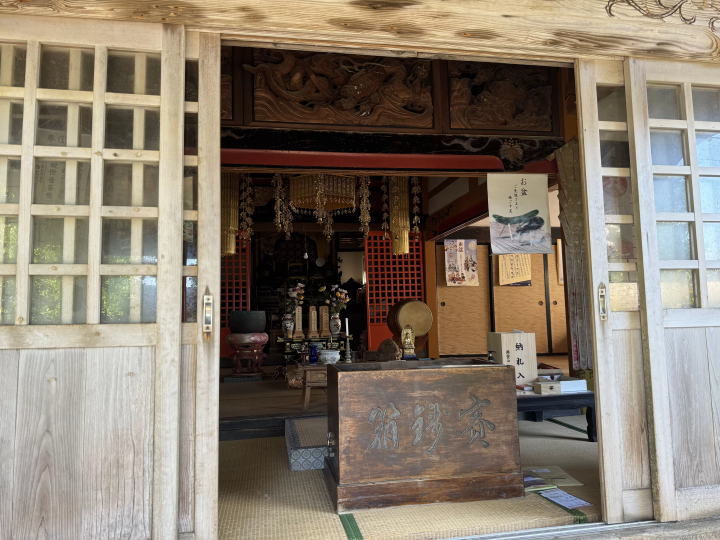
Located within the serene Jorakuji Temple, Hazel Barron-Cooper’s exhibition intertwines local poetry with visual art to capture the essence of Kitaushima on Sado Island. The peaceful ambiance of the temple enhances the viewer's experience, inviting reflection and contemplation.
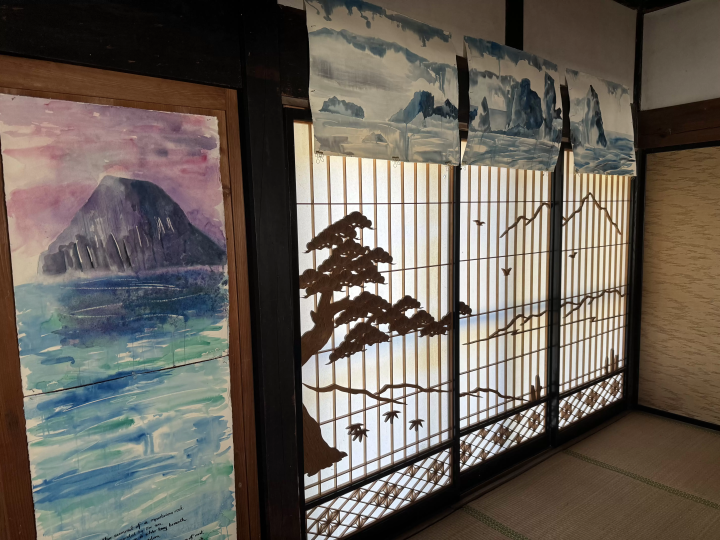
Meaningful Life – Sophia University Educational Innovation Program Collaborative Project (Japan)
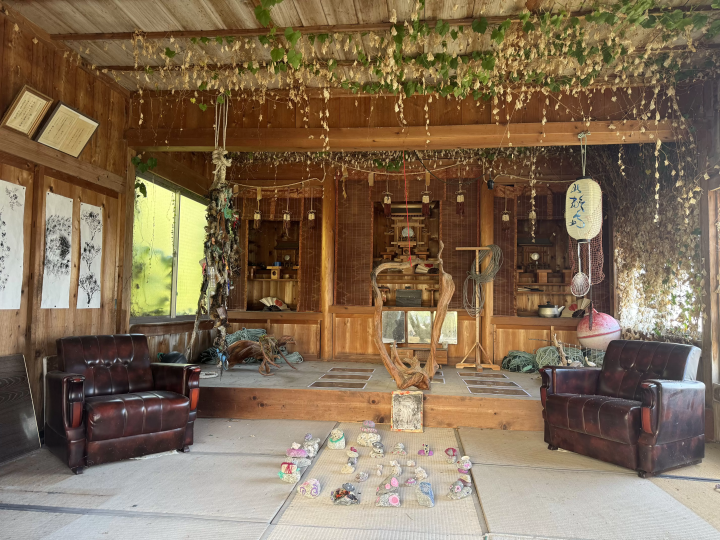
This collaborative project between Takeshi Ito and John Williams at Sophia University redefines education by merging art and agriculture. By engaging students from diverse backgrounds with the natural beauty of Kitaushima, the initiative fosters appreciation for the land and its community. This exploration of art and agriculture inspires creativity and responsibility, empowering students to envision a sustainable future for Sado and beyond.
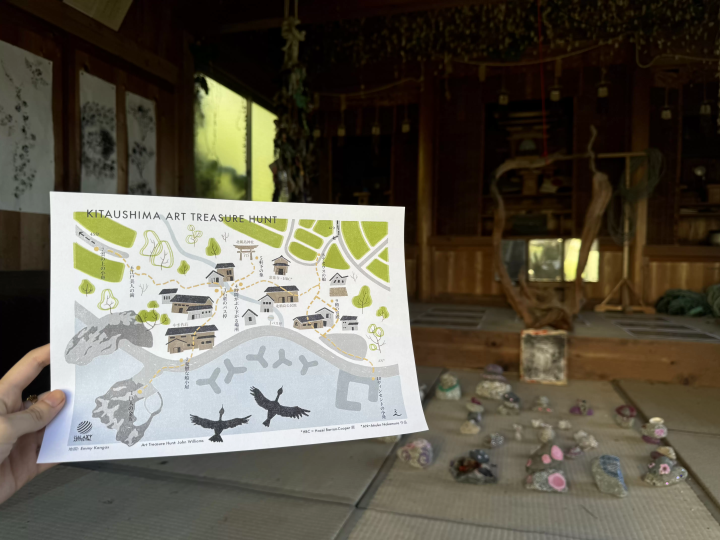
Iron Stacking: Build Your Way – Wu Chien-Hsing (Taiwan)
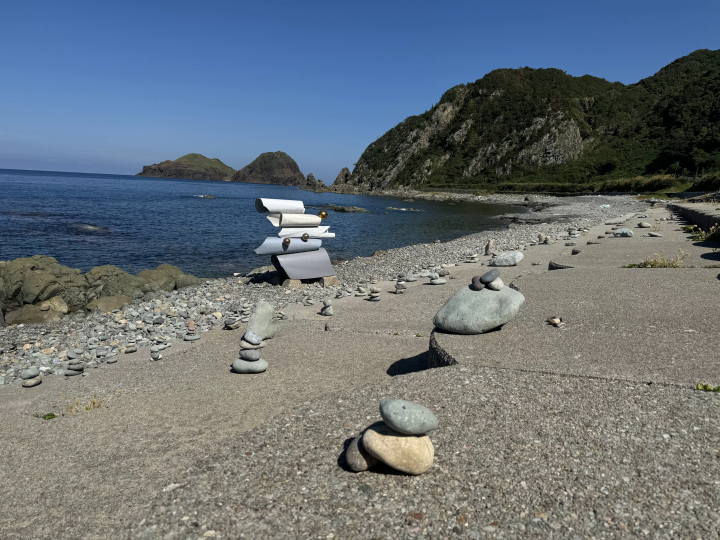
"Iron Stacking: Build Your Way" draws inspiration from the automotive repair industry by using deconstructed car parts to explore modernization and labor. This interactive artwork invites visitors to stack components, echoing traditional Japanese stone stacking practices. By connecting to Sado's history as a port, Wu honors the island's industrial heritage while prompting reflection on the evolution of craftsmanship. The act of stacking symbolizes resilience and the ongoing transformation of Sado’s cultural landscape.
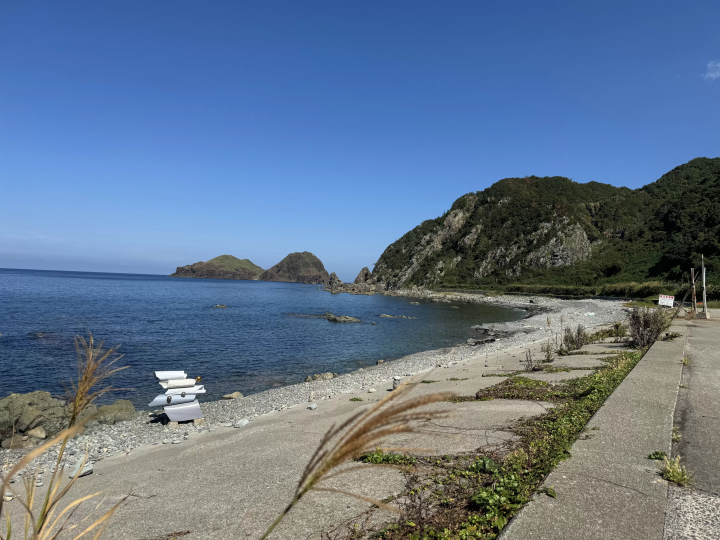
Don’t Look In – Rumi Honda (Japan)
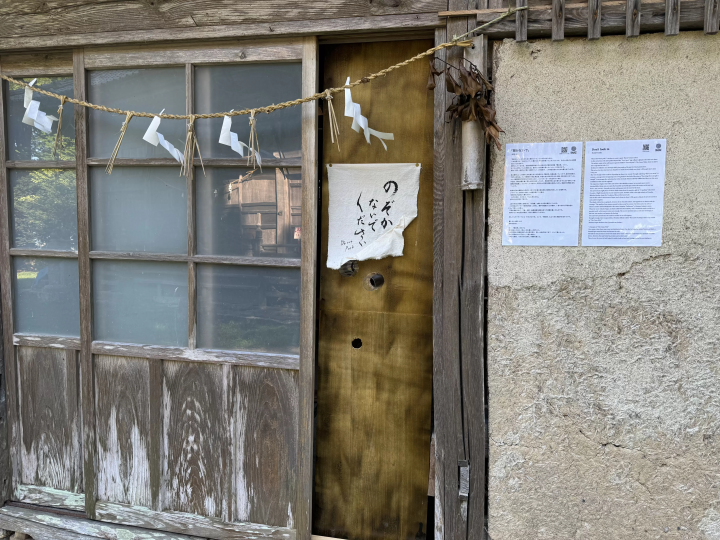
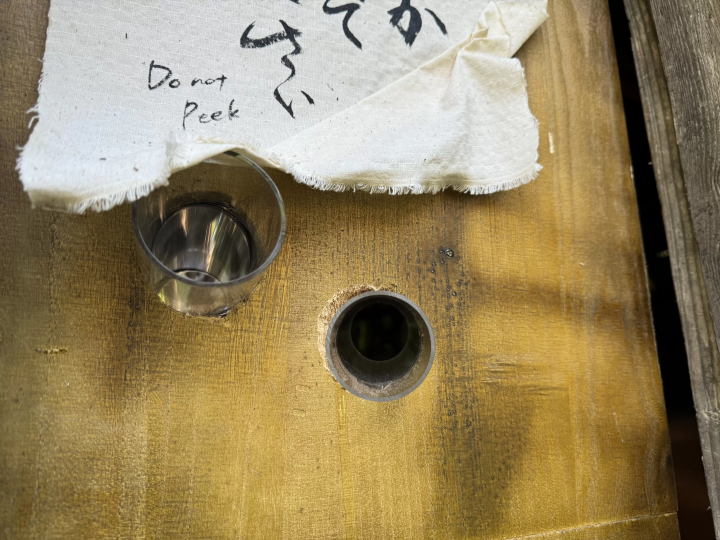
Rumi Honda's "Don’t Look In" draws from the poignant Japanese folktale “Tsuru Nyobo” (The Crane Wife), inviting viewers to reflect on their own desires and the consequences of greed. By exploring the story’s themes, the artwork revives cultural narratives that resonate with contemporary audiences, addressing issues of fulfillment and connection. The installation encourages a journey through the serene rural landscape of Sado, emphasizing the importance of recognizing and valuing what is truly essential in life.
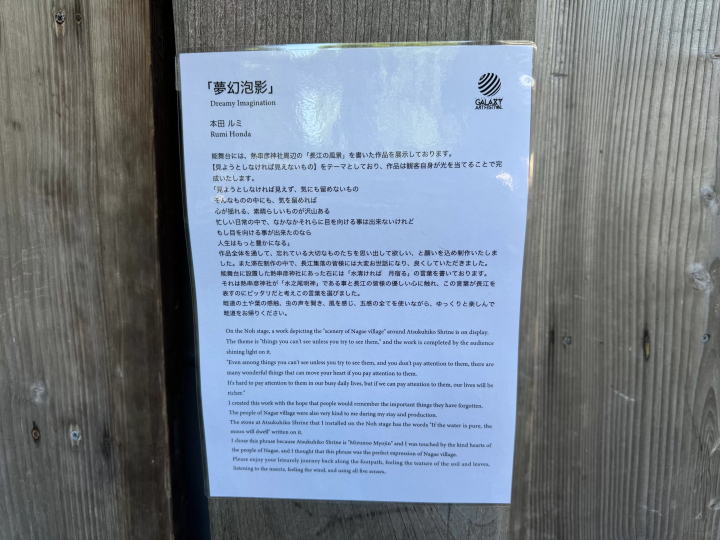
Uka Lion – Star-embroidered Boat, Galaxy Lion Dance – Nobuyuki Sugihara × Ayaka Nakamura (Japan)
This collaborative artwork by Ayaka Nakamura and Nobuyuki Sugihara celebrates the spirit of Sado by integrating elements of daily life and art. Through improvised dance rituals and the shaping of forms that embody the land's memory, this work revives the rich spirituality that exists in the relationship between life and art. By connecting the audience to Sado's cultural heritage, Uka Lion invites viewers to engage with the island's artistic traditions while fostering a deeper appreciation for the interconnectedness of all living things.
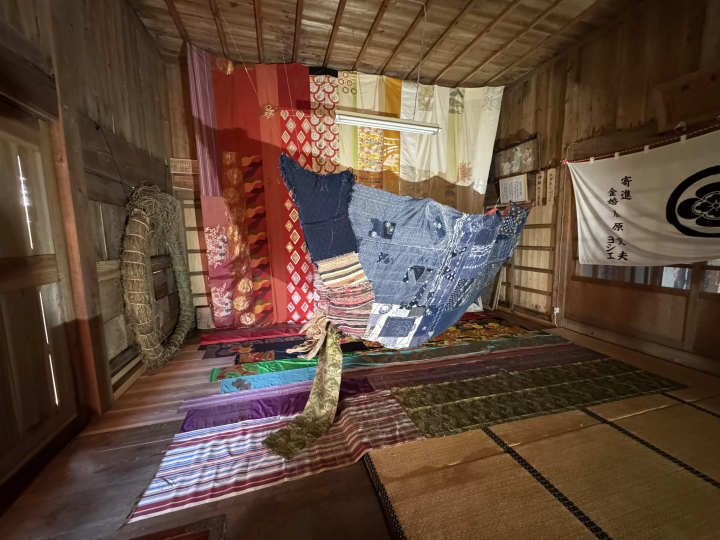
The Galaxy Art Festival offers a passport where you can collect stamps as you visit different art installations. The passport is available either at the festival or online prior to the event. It provides an enjoyable way to keep track of the installations you’ve seen, and some locations may offer rewards for collecting a certain number of stamps. Additionally, the passport serves as a memorable keepsake from the festival.
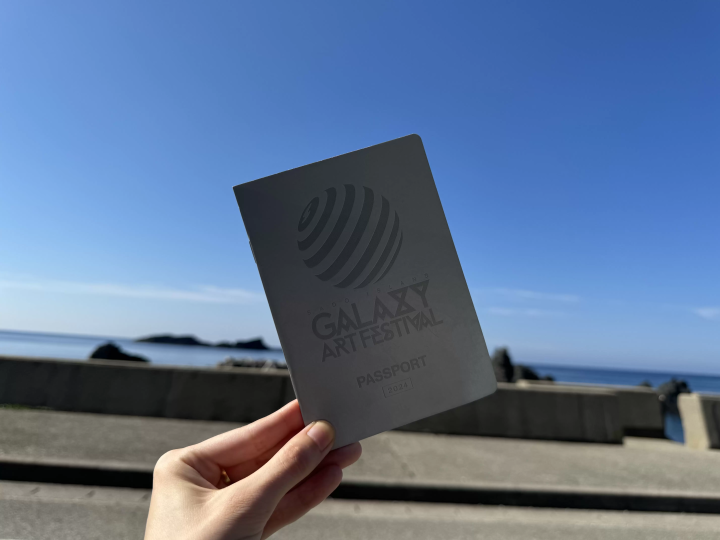
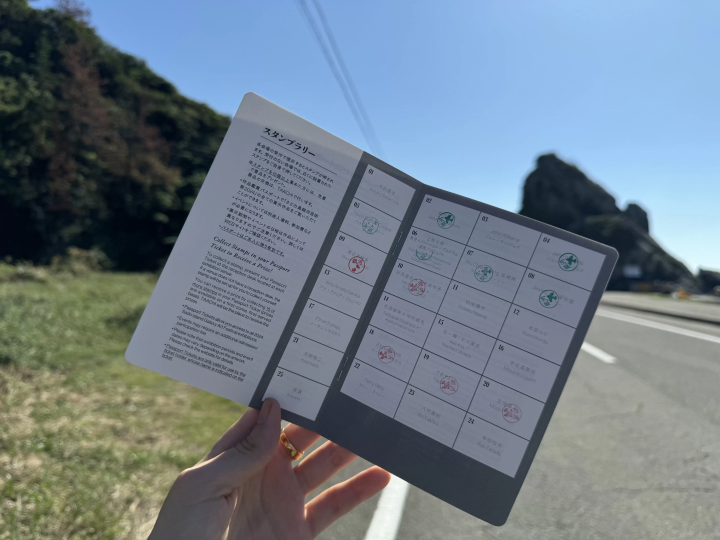
Rediscovering Sado’s History and Culture Through Art and Tradition
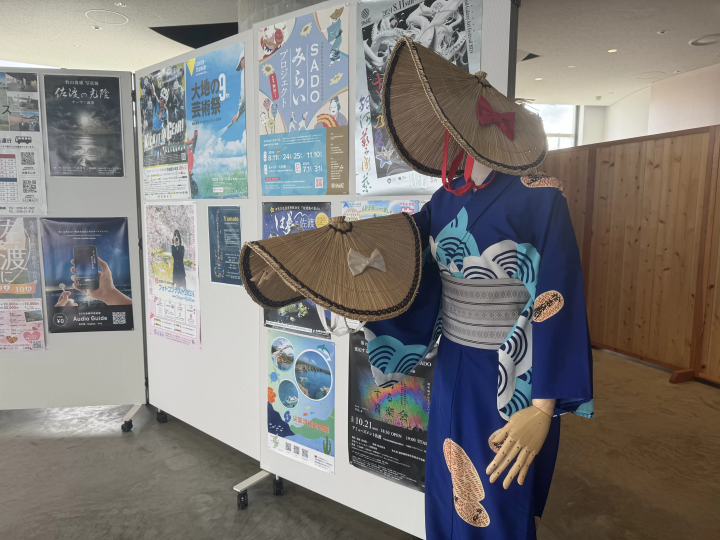
Experience Nō Performance
One of the festival’s unique aspects is how it invites visitors to explore Sado Island’s rich history and culture through the captivating art of Nō performance. Nō is a traditional form of Japanese theater that merges drama, music, and dance, characterized by its slow, graceful movements and symbolic gestures. Originating in the 14th century, Nō holds immense cultural significance on Sado, where it has been preserved and celebrated for generations.
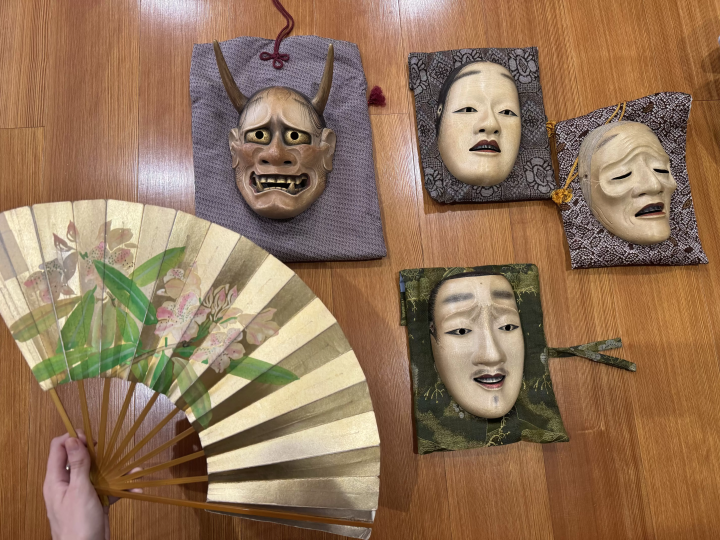
A key feature of Nō performances is the use of elaborate, hand-carved masks, representing characters such as gods, demons, and spirits. These masks are essential to Nō's expression, conveying deep emotions through subtle movements. Skilled performers manipulate the mask’s angle and lighting to evoke different feelings, such as sadness, joy, or anger. Performers also use a sensu (folding fan), which can symbolize elements like a sword, the wind, or emotions.
Under the guidance of skilled Nō performers, participants have the rare opportunity to learn the intricate techniques of this ancient craft. Instructors teach the fundamental movements and expressions while sharing the deep history and symbolism behind each performance.
Sado Island has a profound connection to Nō theater, dating back to the exile of the playwright Zeami. Nō flourished on the island during the Edo period when Nagayasu Okubo, the first Commissioner of Sado, introduced it as a cultural practice. Due to the island's significance as a gold producer under the Tokugawa Shogunate, Nō evolved into performances dedicated to shrine festivals, becoming a cherished tradition for the local people.
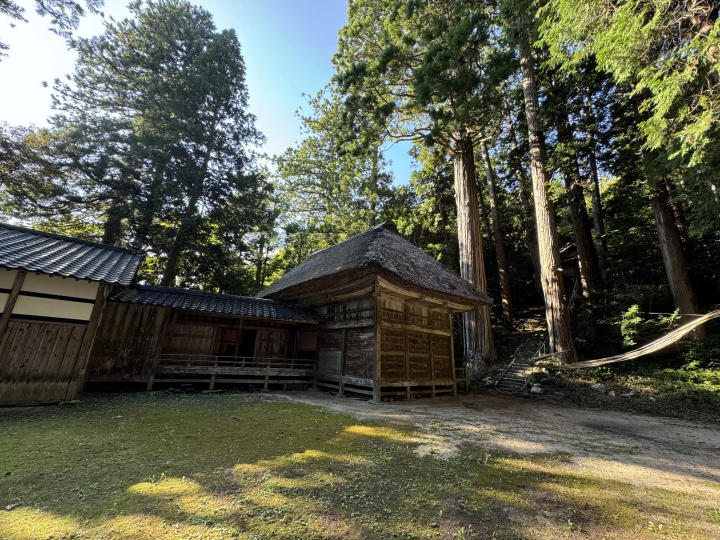
Today, Sado's Nō culture continues to thrive, with numerous performances held across the island’s theaters, many located within shrines. These outdoor performances create a magical atmosphere, enhanced by the surrounding natural beauty. Visitors can experience the elegance of these traditional performances or even try their hand at learning Nō, making for a truly immersive and memorable cultural experience.
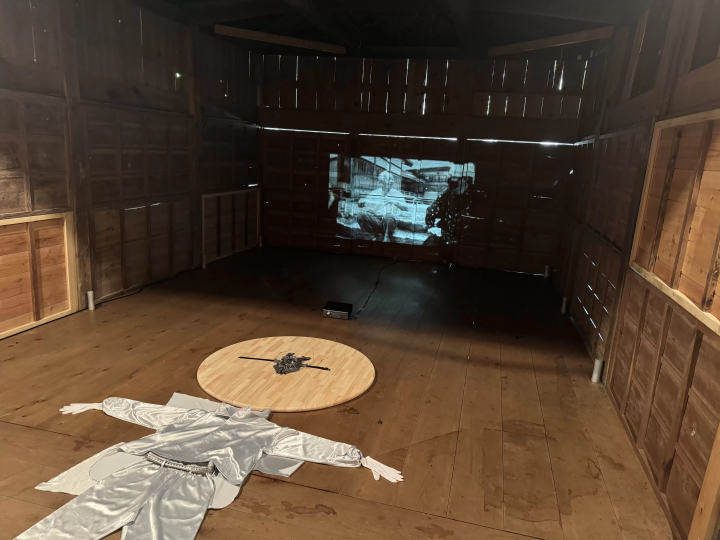
Additionally, an art installation on the island teaches visitors about the history of Nō in Sado, displaying the intricate outfits and masks worn during performances. This installation allows visitors to enter a Nō theater, providing a glimpse into the stage setup and offering a deeper appreciation of this captivating art form.
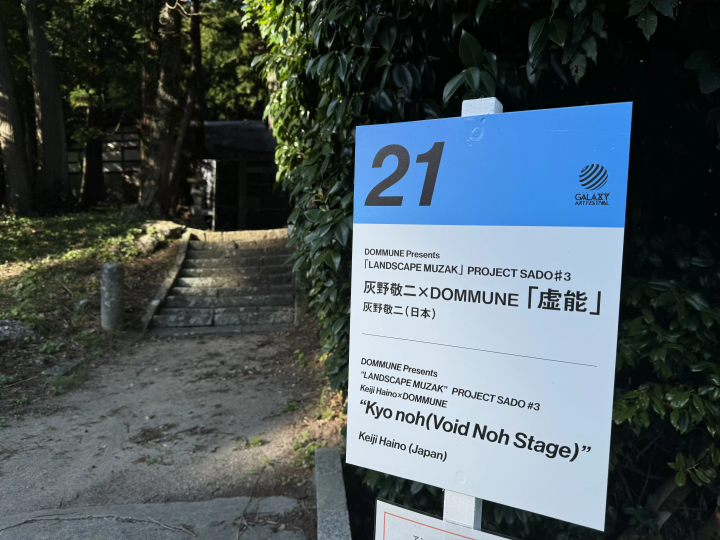
Experience Folk Dancing
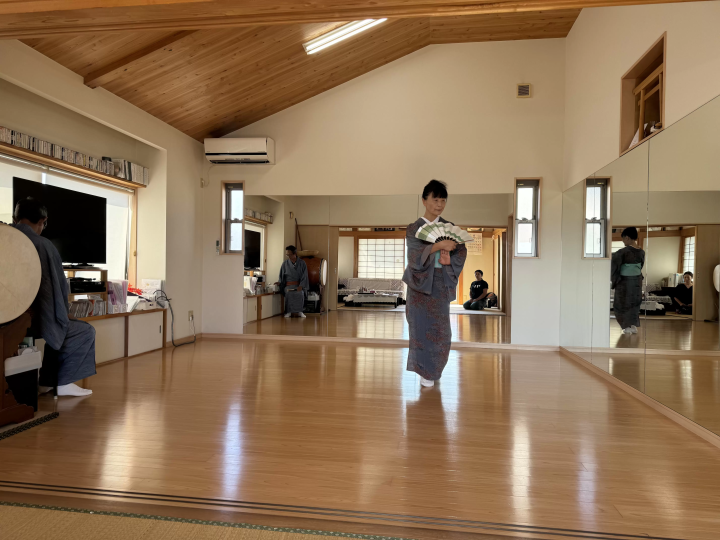
In addition to Nō, visitors can also engage in traditional folk dancing, another cherished cultural experience on Sado Island. Participants have the opportunity to wear a beautiful yukata, a light cotton kimono, and learn the steps of popular folk dances accompanied by famous folk songs. The experience offers a lively and memorable way to immerse yourself in the island’s festive spirit.
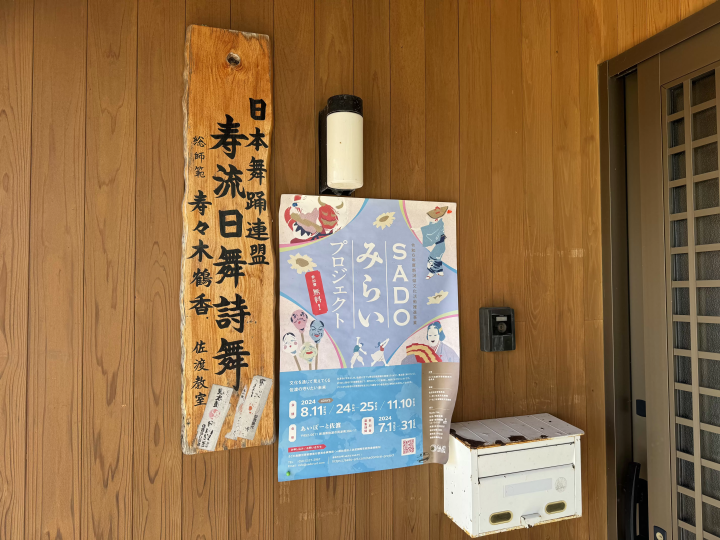
Culinary Delights of Sado
No visit to Sado Island would be complete without indulging in its culinary delights. The island is home to numerous local restaurants that serve a variety of delicious dishes, showcasing the freshest ingredients from the surrounding waters and land. From seasonal vegetables to succulent seafood, diners can savor traditional Sado cuisine.
Shiratsuyu: A Nostalgic Izakaya
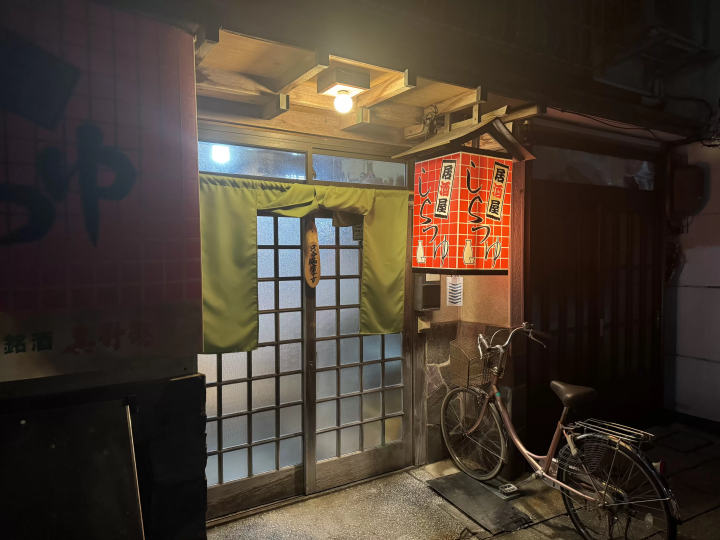
Shiratsuyu, a local izakaya with a nostalgic atmosphere, offers a variety of local delicacies, including okijiru. Here, visitors can enjoy delicious onigiri rice balls made from renowned Sado rice, celebrated for its exceptional quality.
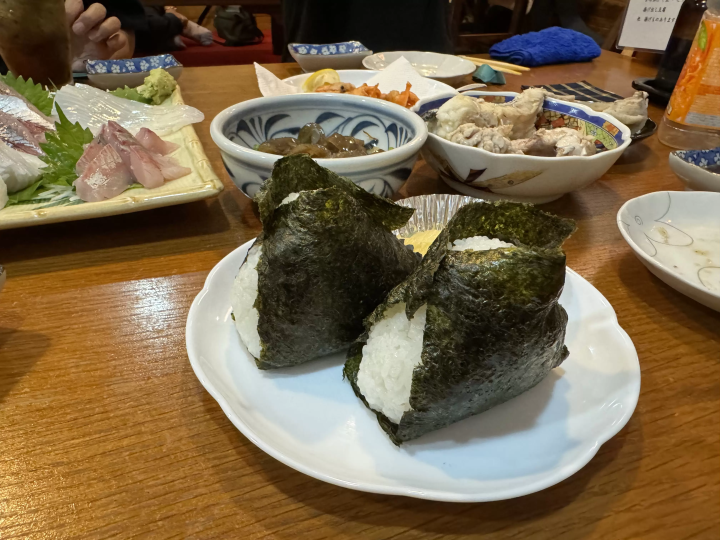
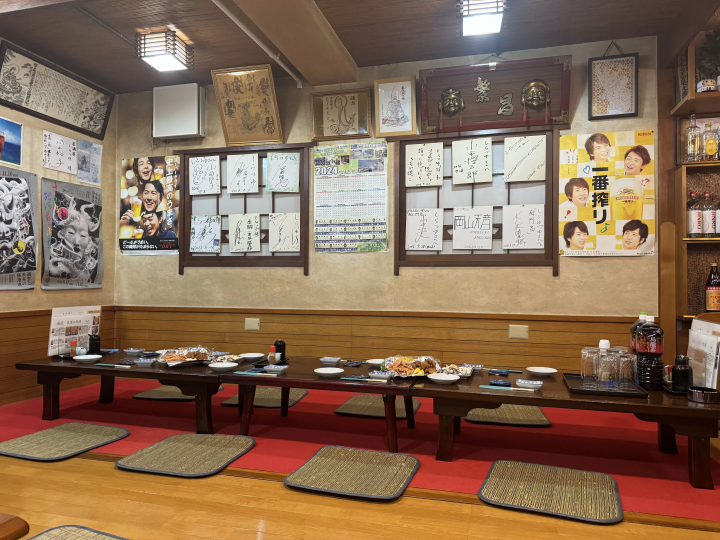
Dining Near Onogame Mountain
For a scenic dining experience, there is a restaurant near Onogame Mountain where you can enjoy fresh, locally sourced sashimi while taking in the stunning views of the mountain. As you savor each bite, the breathtaking scenery adds to the overall dining experience, making it a perfect way to unwind after exploring the festival.
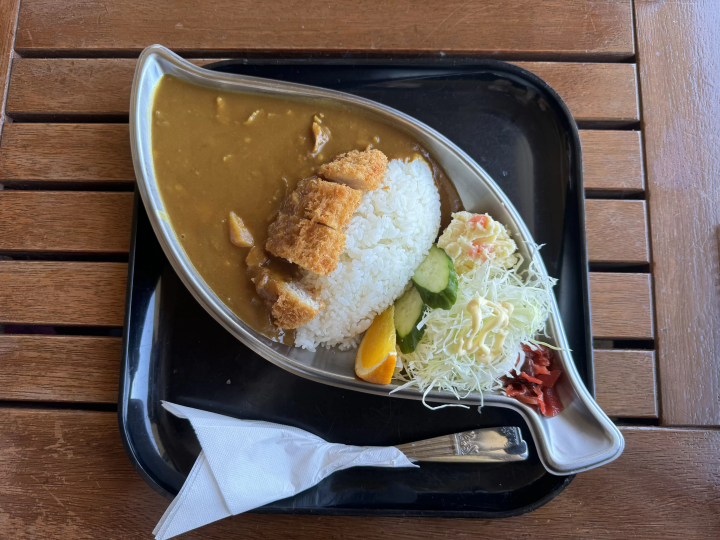
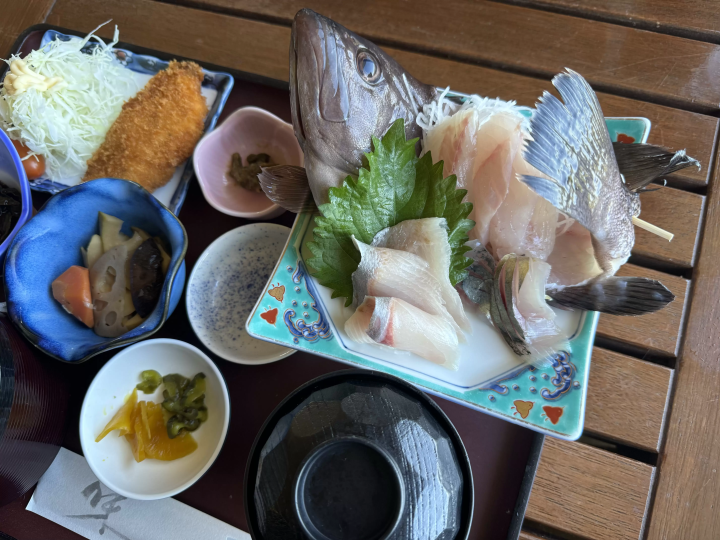
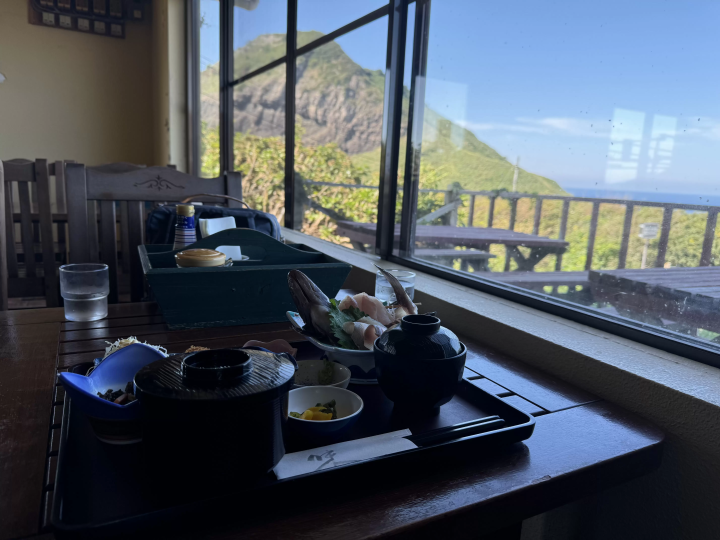
More Than Just Art: An Invitation to Reflect
Visiting the Sado Island Galaxy Art Festival is more than just appreciating art—it's an immersive experience in the island's unique beauty and culture. From captivating art installations to ancient traditions like Nō and folk dancing, the festival offers a personal connection to the heart of Sado.
What truly sets this festival apart is its deeper purpose. In a world facing environmental and social challenges, the festival encourages visitors to pause and reflect on their place in the universe through the lens of art. The installations blur the lines between the viewer, the artwork, and the surrounding landscape, fostering a sense of harmony with the island’s rich stories.
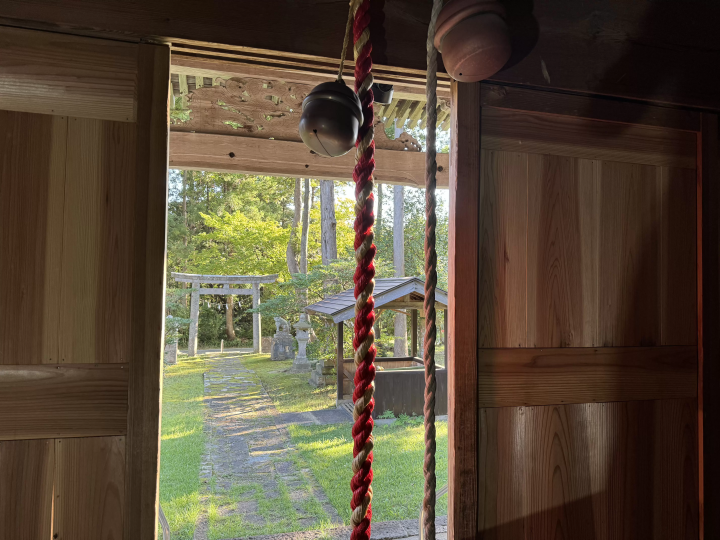
The theme of connection—between people, culture, and nature—resonates strongly in our divided world. Sado Island, with its history as both a place of exile and cultural exchange, provides the perfect backdrop for this dialogue between the past and future, art and nature, and self and other. It's more than an art festival; it's an invitation to reflect on our relationship with the world around us.
Practical Information: Visiting the Sado Island Galaxy Art Festival
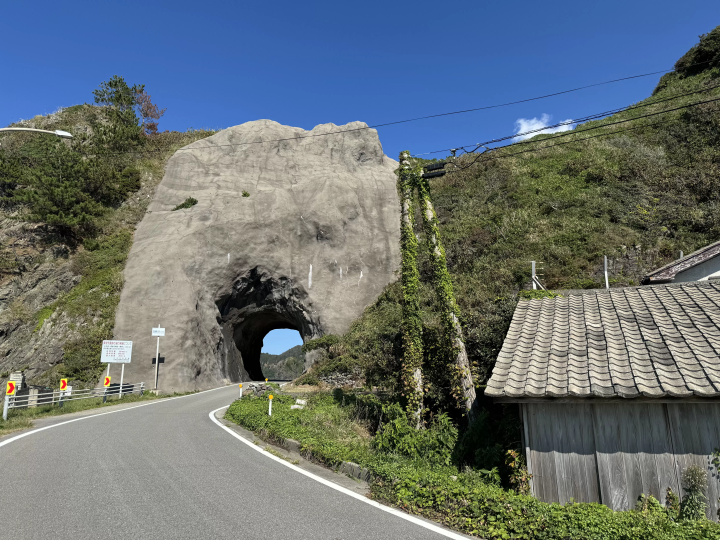
The Sado Island Galaxy Art Festival runs from August 11 to November 10, 2024, with exhibits located throughout the Ryotsu area and other locations across the island. Tickets are available for purchase both in advance and on the day of the event, with various options for adults and students. Don’t miss the chance to be part of this extraordinary celebration of art, culture, and nature on the magical Sado Island.
The Sado Island Galaxy Art Festival is an art festival held on Sado Island, which has a unique culture, history, and rich natural environment, aiming for the coexistence of the island's nature, people, and art. In addition to introducing the art works that take place on Sado Island, we will also provide information on recommended spots on Sado Island that are known only to those in the know, as well as gourmet and accommodation information, how to get to each spot, and useful information to know before traveling to Japan and Sado Island. We will provide a comprehensive introduction to the art festival and tourism on Sado Island.
The contents on this page may partially contain automatic translation.





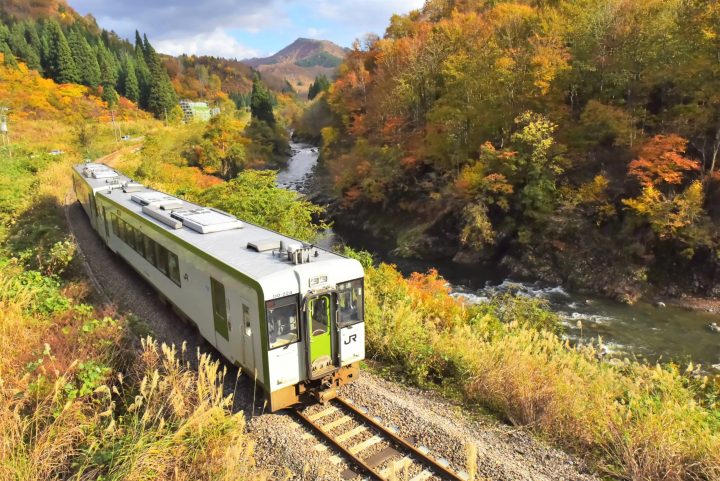

























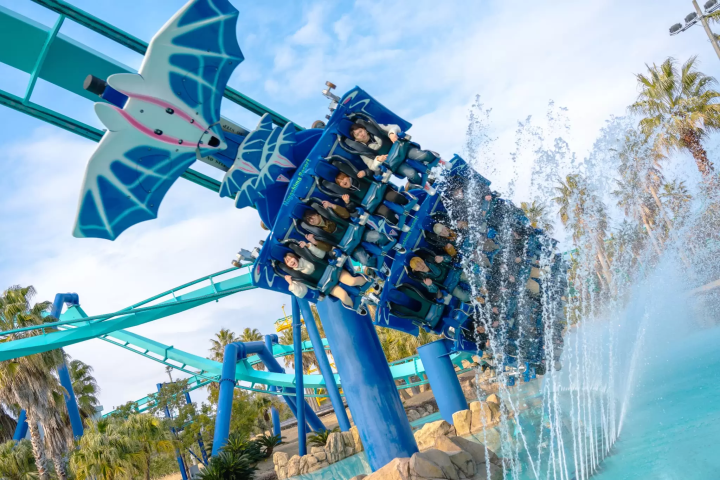


![[Coupon Available] Attention Overseas Winter Sports Fans! Nagano's Sports Depot Has Evolved](https://resources.matcha-jp.com/resize/720x2000/2026/01/05-254819.webp)
![[2 hours from Tokyo ] 10 Quiet and Breathtaking Views of Mount Fuji in Yamanashi Hokuto City , Yamanashi - Part 2](https://resources.matcha-jp.com/resize/720x2000/2025/12/16-253037.webp)